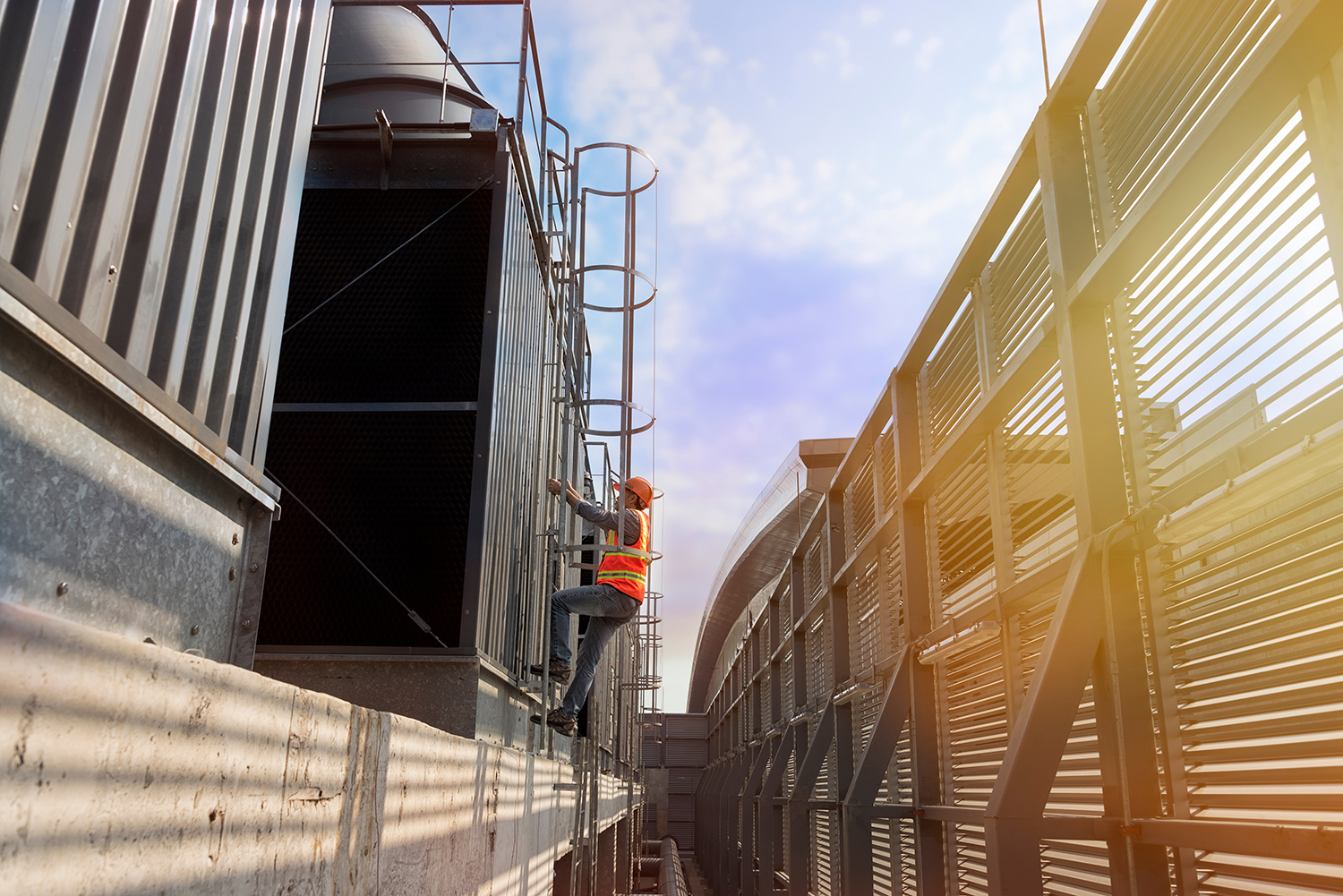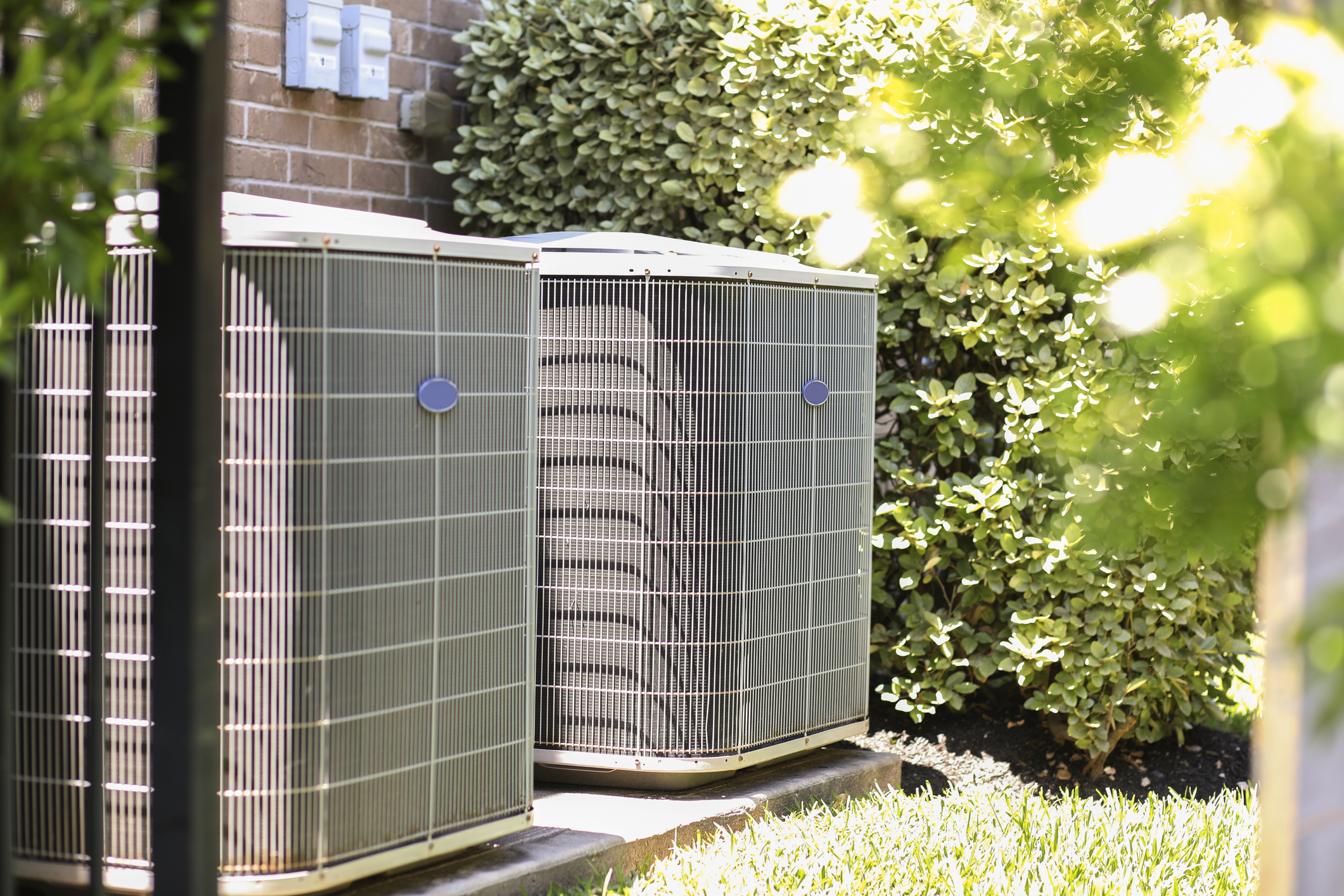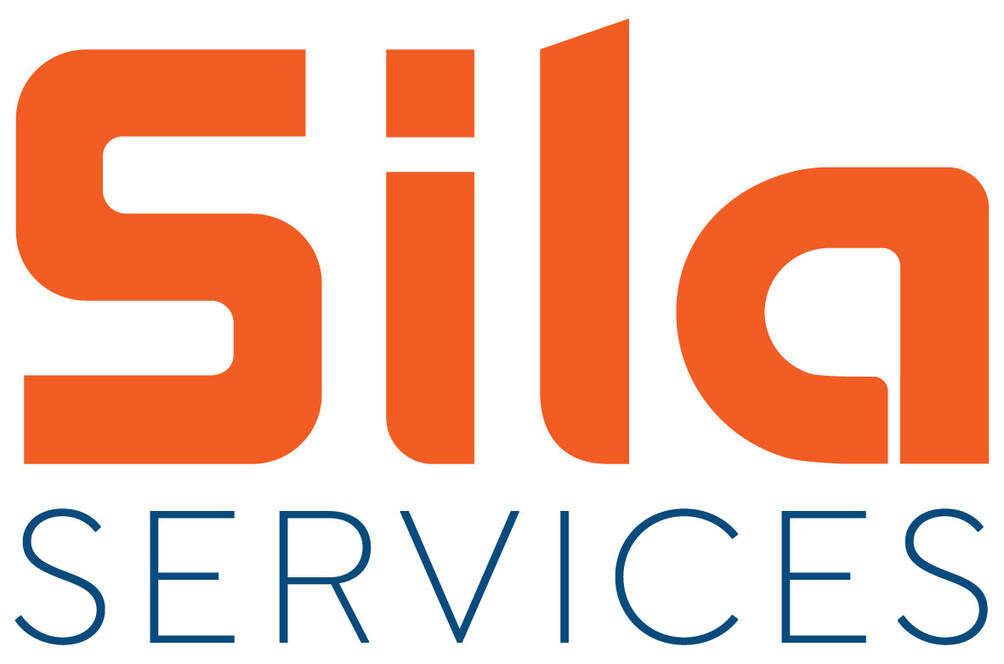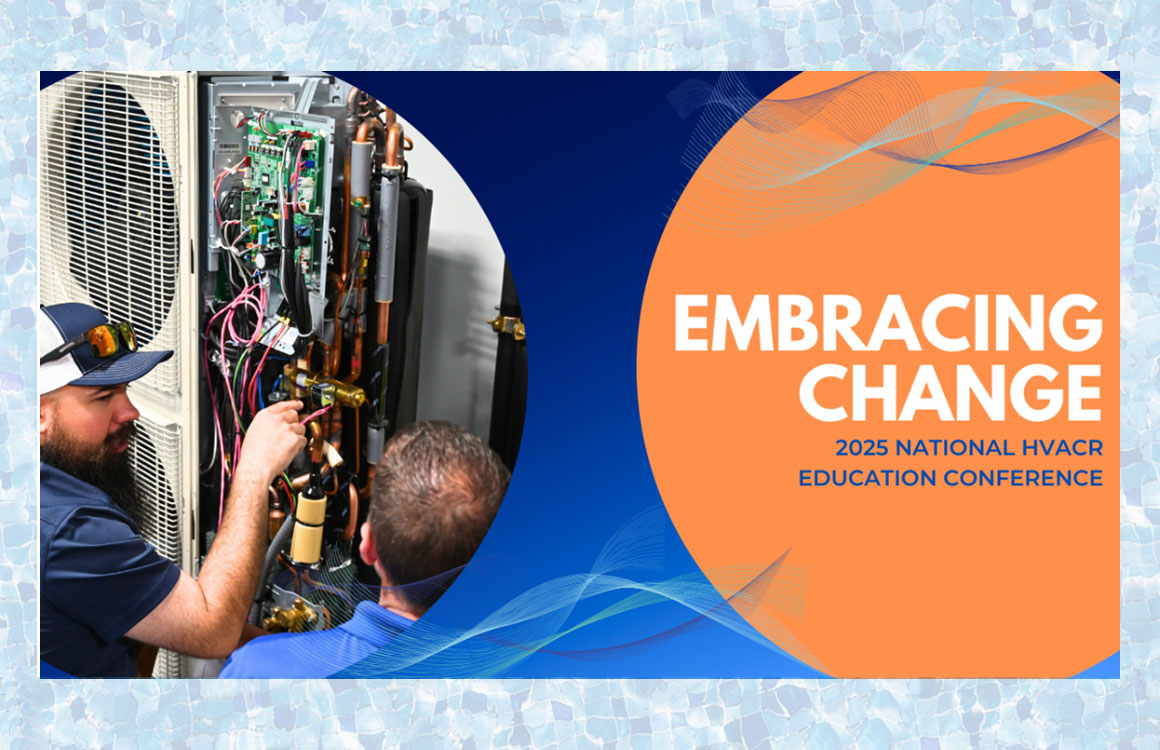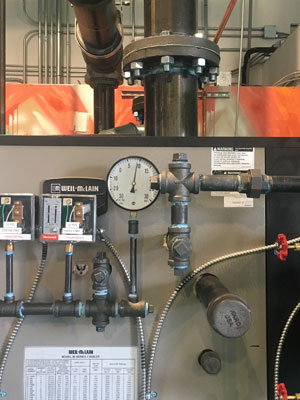
News
Bourgeoning Brewery Cheers New Efficient Boiler System
In an effort to keep up with demand, a bourgeoning east-coast microbrewery sought to significantly increase production, but, to do so, it required a more cost-efficient and effective heating process. After considering options, the brewery decided that the implementation of a new low pressure steam heating system and energy efficient Weil-McLain boiler offered them the best opportunity to expand their output.
Cypress Brewing, a three-year-old brewery based in Edison, N.J., produces several different varieties of beer including IPAs, stouts and porters. Best sellers include Insane in the Grain, 17 Mile and Runway Model.
As a result of its success, brewery owners decided to increase beer output 10 times – from a two barrel system to a 20 barrel system. Each barrel produces approximately 31 gallons of beer.
“This was a major expansion and adding the much larger vessels required us to move from an electric heating elements system to a more robust and precise steam heating system,” said Charlie Backmann, co-owner of Cypress Brewing.

The Cypress Brewing team tapped Canada-based Diversified Metal Engineering (DME) Brewing Solutions, a recognized leader in the craft beer industry, to specify the requirements for the new system. DME Brewing Solutions offers planning, design, fabrication and management functions, and has handled hundreds of projects for craft brewing customers globally.
DME recommended Cypress implement a steam heating system and provided the necessary BTU ratings and blue prints for the design.
Backmann chose David LaBar, owner of DL Mechanical of Port Reading, N.J., to specify the boiler model and handle the installation of the new steam system. After reviewing the design parameters, LaBar recommended installation of a Weil-McLain 88-Series cast iron low pressure steam boiler – a durable unit that offers ease of maintenance, thermal efficiencies up to 85.7% and is ideal for single or multiple unit systems.
“The boil kettle required about 550,000 BTUs, but we wanted to exceed the heating load requirements to give us some room for future growth,” said LaBar. “The 88 Series boiler is rated at 1,050,000 BTUs.”
LaBar also specified a power plant with gas burner as part of the system.
Steam System Design
In a low pressure steam brewery operation, the boiler converts the water into steam. This steam enters the steam main and travels to the boil kettle and the hot liquor tank, a tank that just holds water, and heats the water. The steam then enters jackets inside the boil kettles where it unleashes its latent heat.
According to Backmann, there are three different jackets inside the boil kettle depending on the amount of beer being brewed.
“The steam starts in the very bottom jacket which makes up about five barrels,” said Backmann. “The next level jacket is five barrels to 10 barrels and the last one on top is 15 to 20.”
A low pressure steam system operates between 10 and 12 PSI. Most breweries require a minimum of 10 pounds steam pressure, which is equivalent to about 240 degrees F. for the boil.
According to Backmann, a major advantage of steam heating is its ability to offer precise levels of heat.
“Many larger breweries use steam versus direct fire or electric,” said Backmann. “Electric heat is very direct and constant, and when crafting beer you can actually scorch some of the wort – the sweet infusion of ground malt or other grain before fermentation – which can alter flavors.”
To add efficiencies to the system, LaBar designed it to feature two five inch steam risers from the boiler into a six inch drop header to provide the dry steam. This design ensures the steam used in the process is extremely dry.
“The dryer the steam, the more efficient the system,” said LaBar.
Once the kettle condenses the steam, it releases the condensate via float & thermostatic (F&T) steam drip traps to a condensate receiver and pump that moves the condensate to a boiler feed pump. The boiler feed pump returns the condensate to the boiler when the water level falls low enough.
A total of seven F&T traps were used, three on the boil kettle, one on the hot liquor tank, one at the end of the steam main drip, one on the kettle riser drip, and one on the hot liquor tank riser drip.
Brewery Cheers Benefits
With installation complete, brewery owners brought in inspectors to approve the work so the manufacturing process could begin.
“The plumbing inspector that examined the system thought the installation was really well done,” said Backmann.
The Cypress Brewing operation is now in full swing with the production process from start to ready-to-drink brews taking about 28 days on average.
The entire process is automated through a computer that manages the temperatures and the solenoid valves which control the steam entering the coils.
Backmann reported that one major benefit of the new process is there is less charring of the beer.
“Before with the lighter beers we sometimes tasted a slight burnt flavor in the background because the electric element came in direct contact with the beer,” said Backmann. “Now that the vessel itself is jacketed there is a much better dispersion of the heat. Everything is very balanced and heats from the bottom all of the way to the top.”
According to Backmann, steam heat also is more cost effective than electric heat.
“The overall cost for boiling is substantially cheaper via steam versus electricity,” said Backmann. “Plus, with steam heat there is no waste which also is a plus.”
And, more importantly, Cypress Brewery customers are now enjoying even more cold brew options.
“We are getting great batches of beer,” said Backmann. “We couldn’t be more pleased with the new steam system and Weil-McLain boiler.”

